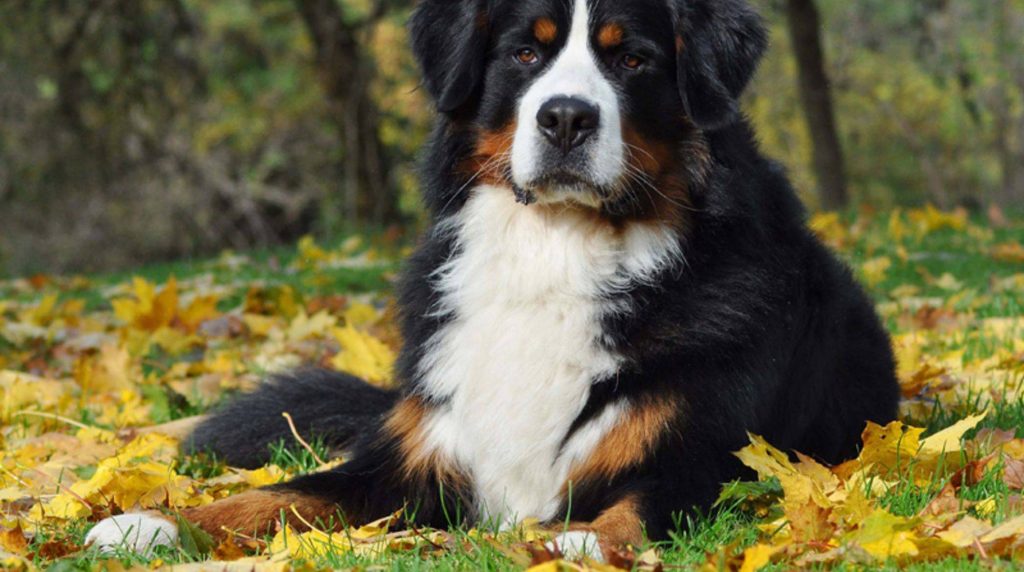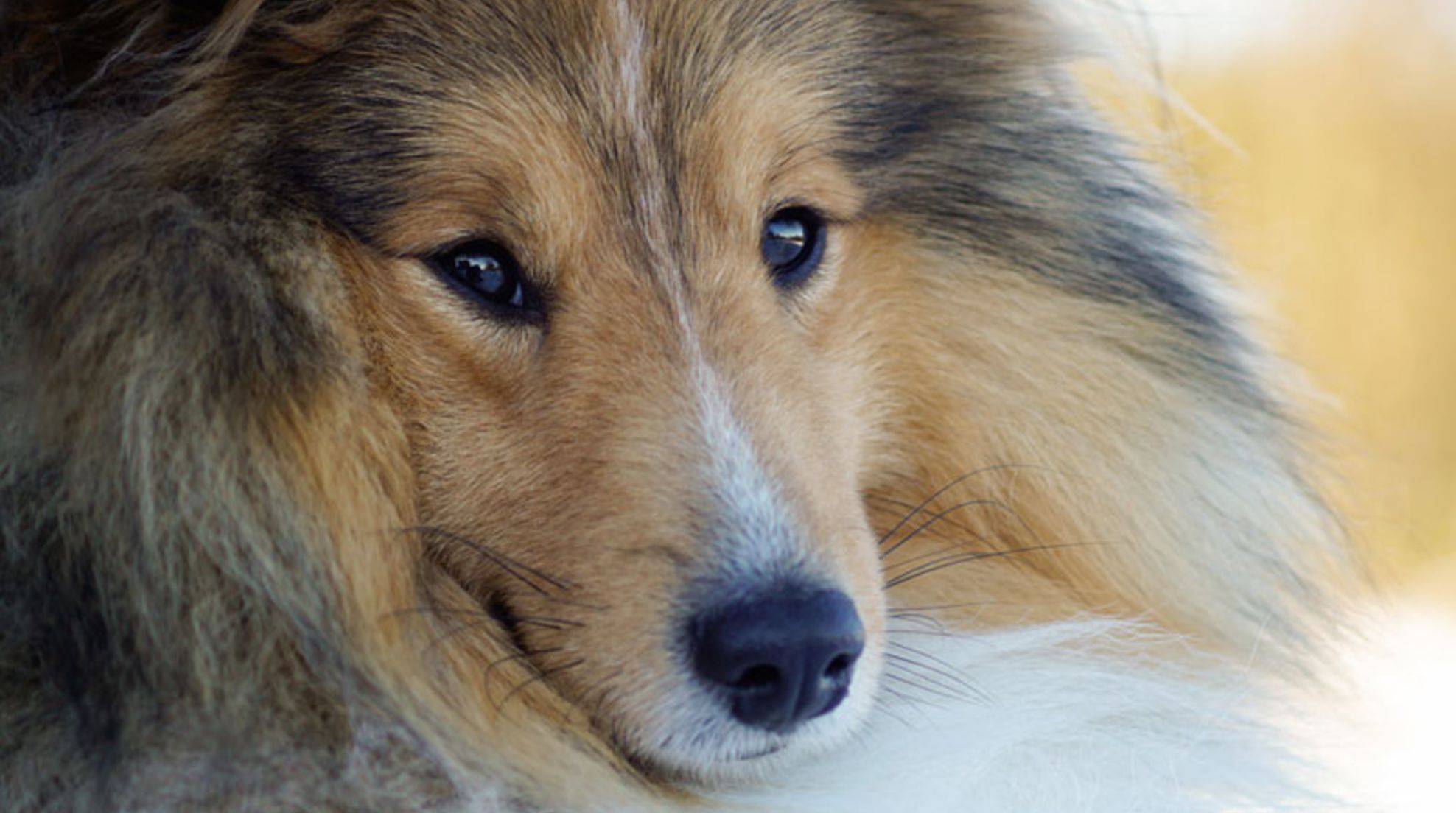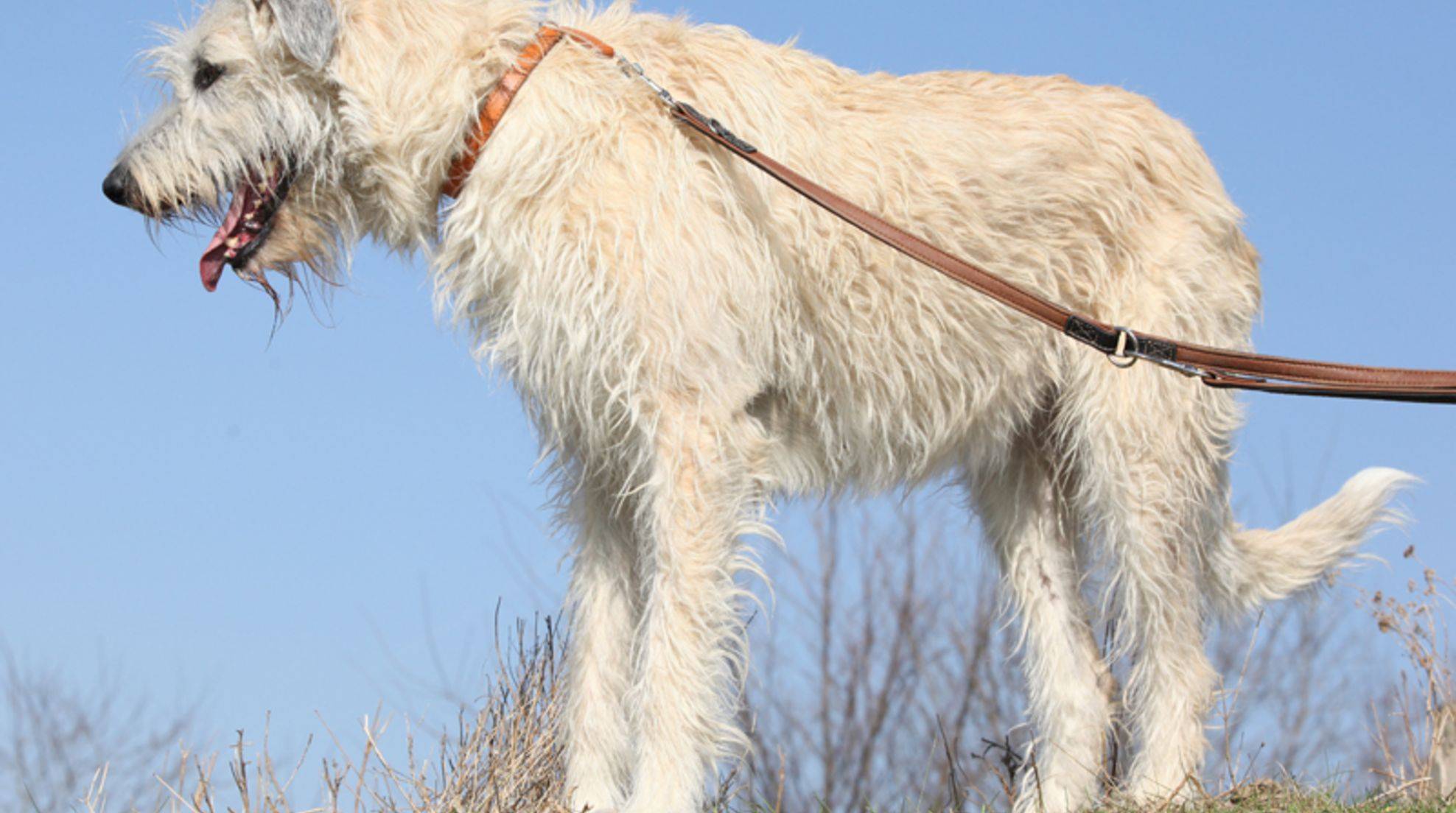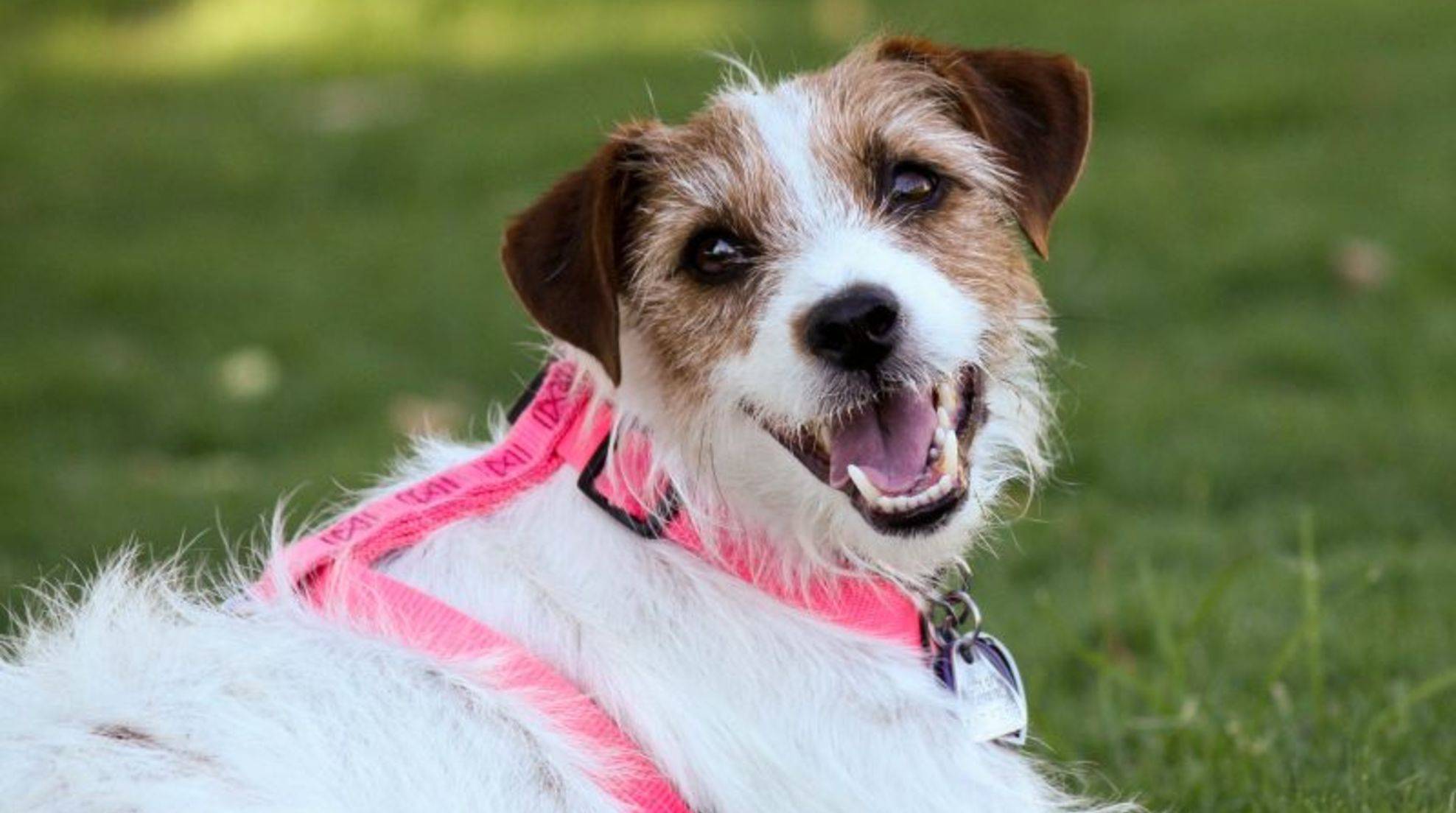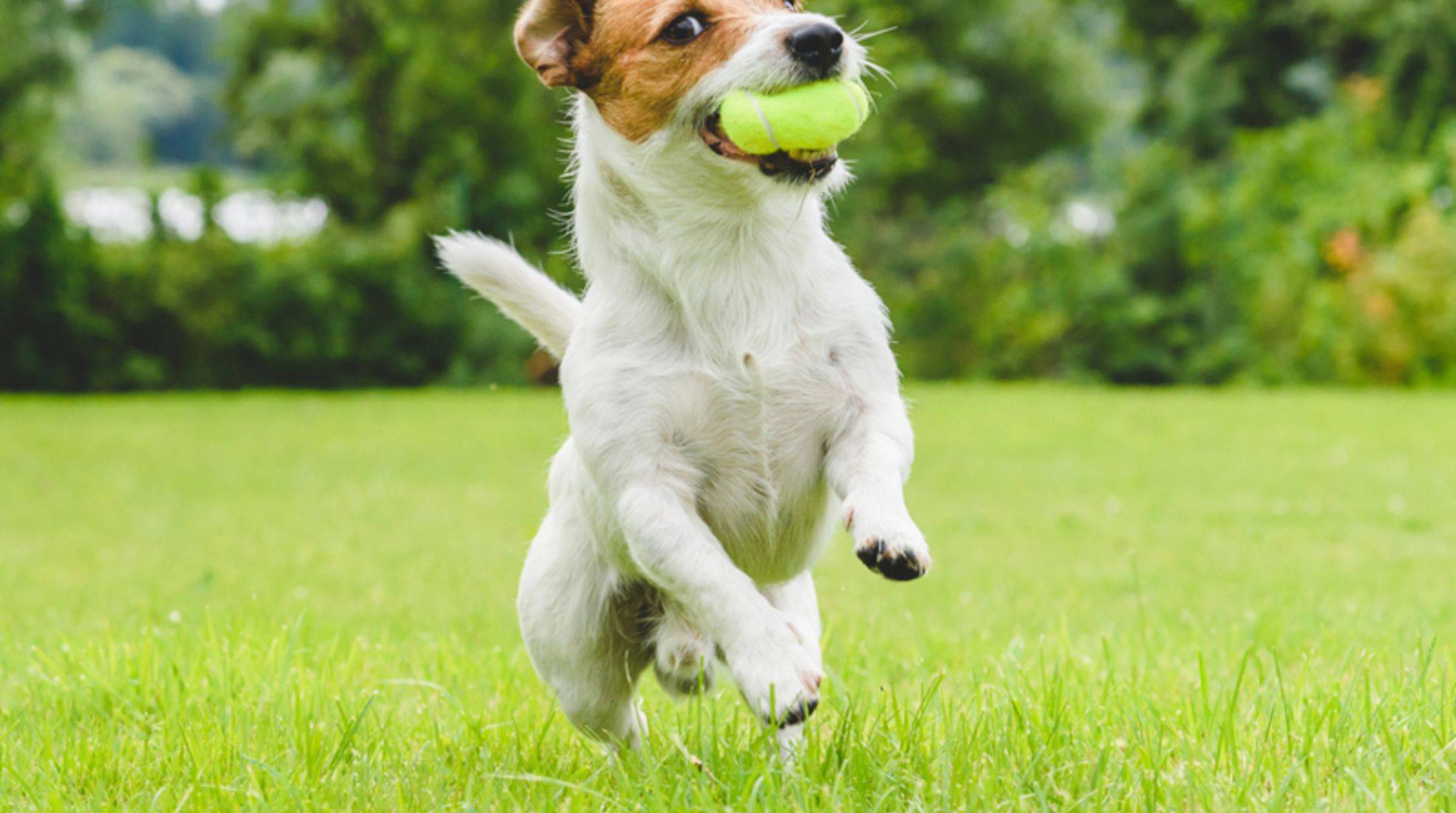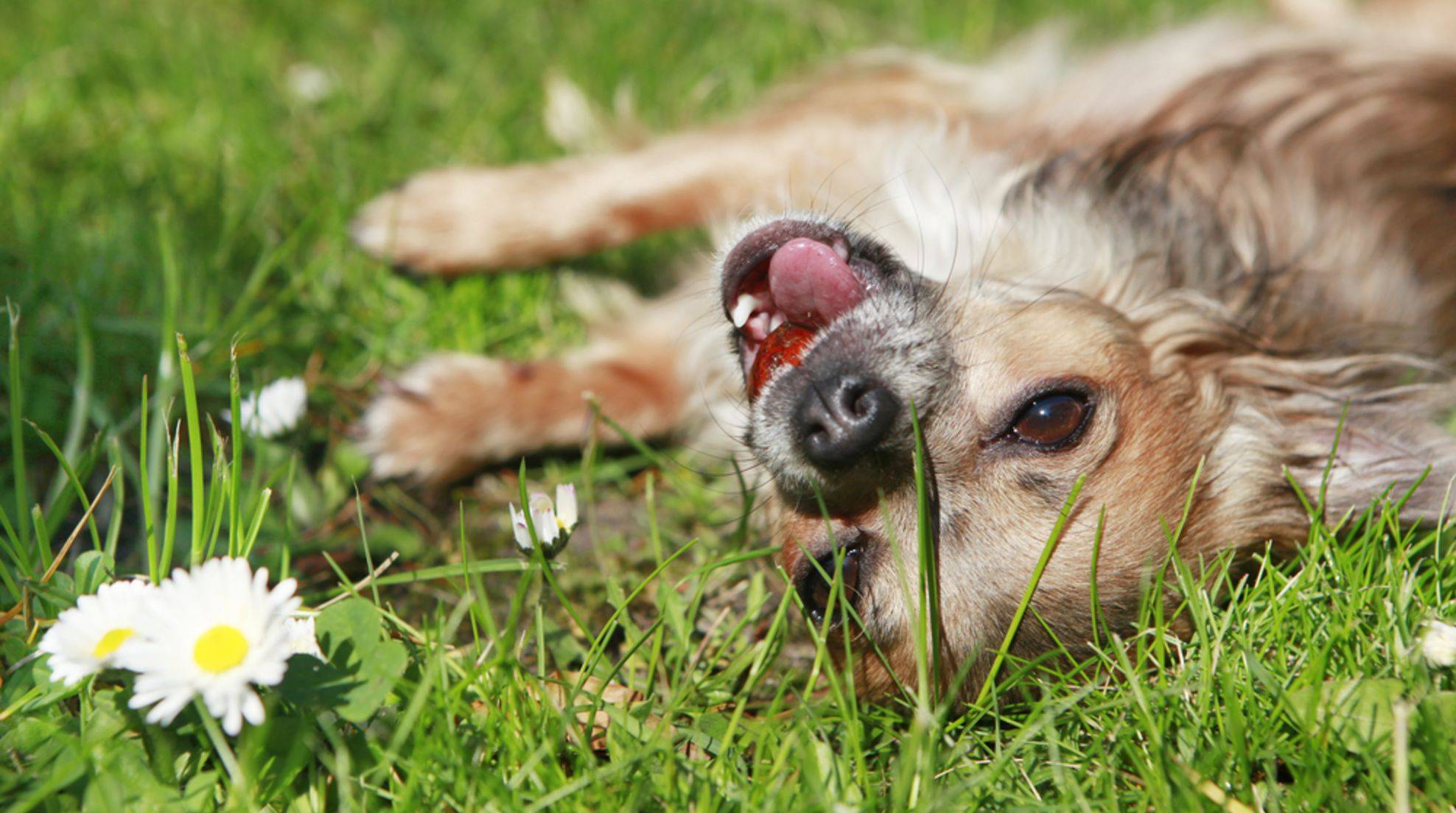Low and high stimulus threshold in dogs: what does it mean?
In connection with dogs, there is often talk of stimulus threshold. But what exactly does this term mean? We clarify.
The stimulus threshold says something about the psychological resilience of the dog and about when a four-legged friend reacts to a stimulus coming from the outside. The barrier can be high or less high.
How is the stimulus threshold defined?
The stimulus threshold in dogs defines when the animal perceives and reacts to a stimulus from the outside.
Such a stimulus can be, for example, a pain, call, command, or even just the opening of a door. Possible reactions are snapping, growling, barking, drooling, or following orders.
Whether a dog reacts to a stimulus depends on the strength of the inspiration and on the readiness of the animal to respond appropriately to the same. A fundamental distinction is made between dogs with a low and dogs with a high stimulus threshold.
Low stimulus threshold vs. high stimulus threshold
If a dog has a relatively high stimulus threshold, he reacts only to strong stimuli. So he needs much longer to show any reaction at all. The situation is different for a dog with a low stimulus threshold: This dog already reacts to weak stimuli.
The reactions can also be different: While a dog with a low stimulus threshold behaves in a downright lively manner, its higher-threshold counterpart trots along comfortably behind its master. A four-legged dog with a high stimulus threshold is not easily ruffled.
Whether a dog has a high or low threshold can be related to the breed’s character.
Dogs with a high threshold
The level of the stimulus threshold is partly breed-specific. For example, large dogs such as the Bernese Mountain Dog or the Molossian have a generally very high stimulus threshold. Serene, patient, reserved, slow, and lazy are attributes that apply to such dogs.
Dogs with a low stimulus threshold
In contrast to dogs with a high stimulus threshold, their animal counterparts with a low point can be described as nervous, active, and bouncy. They react already to weak stimuli; that is, they get excited quickly and remain in this state for some time. This is said to be true for Border Collies, for example.
The problem with the stimulus threshold
However, the issue of stimulus threshold should not be generalized. This is because a dog may have different stimulus thresholds in different situations. For example, the animal may be sensitive to noises but react calmly to strange dogs.
In addition, it can also come in the course of his life to a stimulus threshold lowering. This applies, among other things, to dogs that are predominantly exposed to a low-stimulus environment. They then have a muscular imbalance between relaxation and tension.
The dog wants to act but has no sufficient trigger stimuli. The result: Even the weakest stimuli evoke a reaction – and how: The dog reacts with inappropriate intensity in the form of barking orgies or destructiveness. For this reason, owners must be sufficiently aware of their dog’s needs so that they can challenge him appropriately.

